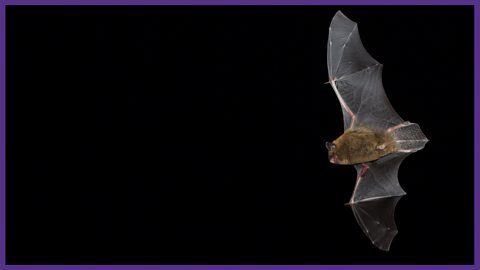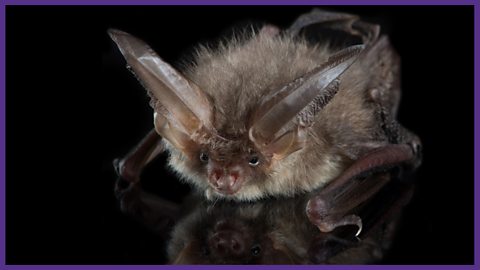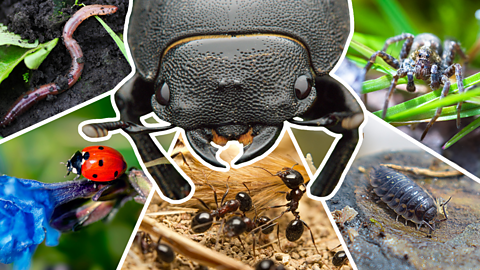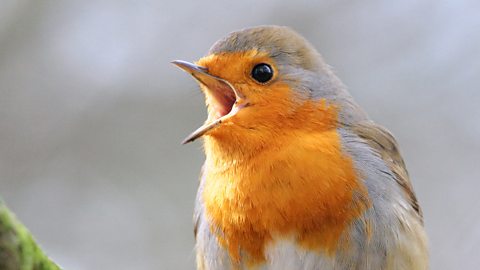When it comes to nocturnal wildlife, it doesn't get much more iconic than bats!
Of the 1,400 species of bats that exist worldwide we only have 18 here in Britain, BUT even so there's still a good chance for a committed animal lover to see one. And, don't worry, none of them are the spooky blood-sucking kind
Share this guide, created in partnership with , with your child to help them learn about bat behaviour and how you can head out one evening with the best chance of seeing one.


Tips for spotting bats
The perfect time to see bats is dusk, just as they come out from their roost to hunt. Twilight is important, so it isn't too dark to see them silhouetted against the sky.
Dry evenings are best too, as rain and moisture in the air can confuse their echolocation, which makes it difficult for them to navigate obstacles and catch prey.
Canals and rivers are great spots for seeing bats. You get a great view of the sky above the water and there's likely to be plenty of insects over the water for bats to feed on.
Most of all - wherever there are enough insects to eat and trees to roost in, there'll be bats!


Bat facts
There 1,400 species of bat in the world and only three suck blood - of the 18 species living in Britain, none are the blood-sucking kind.
They're hungry! A common pipistrelle, picture above, is the size of your thumb and no heavier than a one pound coin and will eat 3,000 mini-beasts a night, including flies, spiders and moths.
Bats are the only mammal capable of true flight. Which means they don't just jump out of a tree and glide, like a flying squirrel.
They're also able to move their wings independently of one another, which means that they're super manouverable and can pluck a spider from its web without getting stuck. Birds can't do this, they have to move both simultaneously.
Bats use echolocation, just like whales and dolphins. It's like seeing with sound. The bat creates a 'chirrup' sound, which is too high-pitched for us to hear, that bounces off of objects and back into the bat's ears. This helps them create an image of their surroundings.
They can chirrup nearly 200 times a second to help find out the size, shape, distance, speed and even texture of the tasty insects they hunt.
Some bats have extra large ears to receive their chirrups, like the brown long-eared bat (pictured above). Some have big lips to help them project their chirrup further.
Bats aren't actually blind, like the common phrase suggests - some have excellent eyesight!
Their legs and wings are too weak for the bat to take off from the ground, which is why they roost upside down.

care for 2,300 nature reserves all over the UK, providing inspiration and education about the natural world. They also work with others to manage their land with nature. Their collection has plenty more nature activities for families to try.
Additionally, the RSPB runs the to help identify how our garden birds are doing each year.

More from ┤¾¤¾┤½├¢ Bitesize Parents' ToolkitÔǪ
Parents' Toolkit
Fun activities, real-life stories, wellbeing support and loads of helpful advice - we're here for you and your child.

Personality quiz: Which minibeast are you?
"Am I a worm or a woodlouse?" If you've ever asked yourself this question, this is the quiz for you.

Megan McCubbin: How to spot UK wildlife this summer
Springwatch presenter and zoologist Megan McCubbin has advice for families to discover the amazing wildlife that call this country home.

Quiz: Learn to spot UK birds using their songs
Help your child learn how to identify British garden and woodland birds from their songs and appearance.

Hunt for minibeasts and make a bug pooter
Strange creatures can be found everywhere in the fields and forests of the UK, you've just got to know where to look!

Quiz: Can you identify a tree by its leaves?
Do you know your oak from your yew? Turn over a new leaf and learn about trees!
